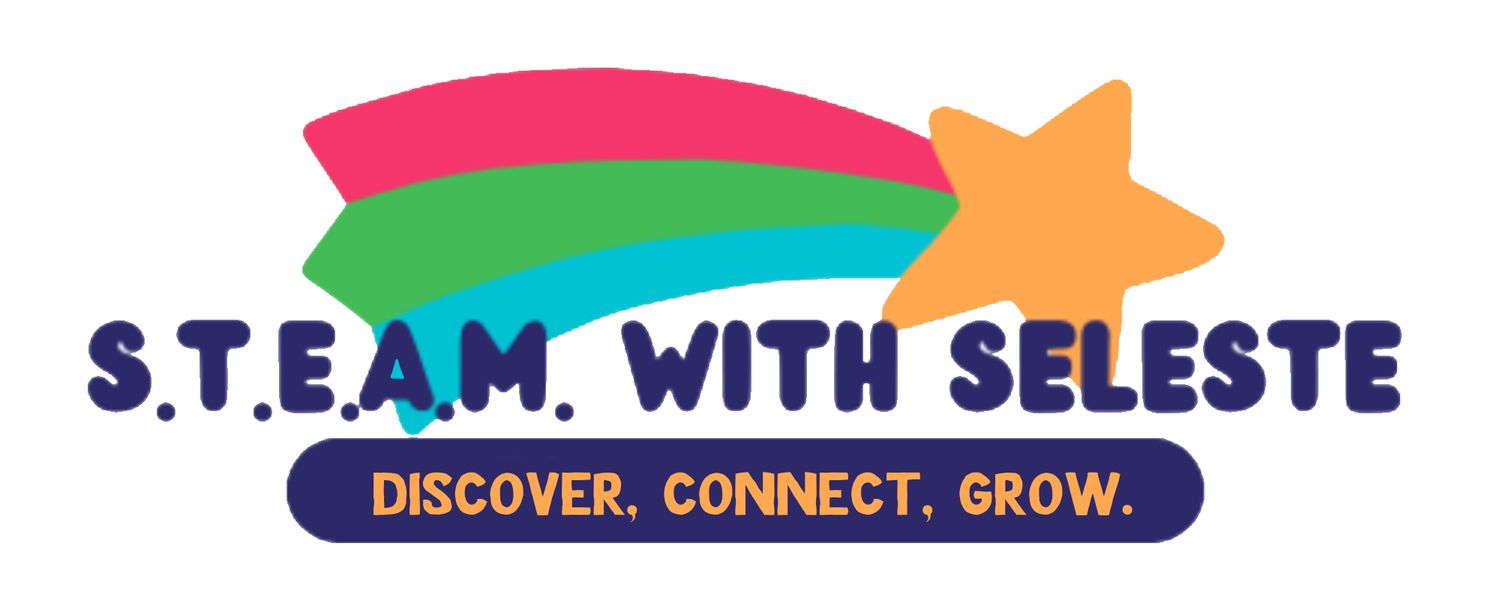Connection vs. Compliance: When a Child’s Words Reveal Their Pain
The other day, one of my four-year-olds had a rough moment. He got angry after making a mistake, and when I corrected him, he shouted, “I hate the school. I hate my teachers. I hate myself.”
Then he said something that made my heart stop: “I’m going to shoot the school. I’m going to murder you.”
Now, this is preschool. He’s four. My rational brain knows a child this age doesn’t have the means or intent to carry out those words—but I live in America. So I take it seriously.
My first instinct? He needs to stop saying that.
My second? Where did he learn this?
And my third—the one that matters most—What can I do to help him not feel this way anymore?
That third question is where Conscious Discipline begins. It’s a brain-based, trauma-informed approach to guiding children toward emotional regulation and safety, rather than simply demanding obedience.
Emotions First, Behavior Second
When a child explodes, what we’re seeing is the behavior. But what drives that behavior is the emotion underneath it. Emotions dictate behavior—always. The emotion happens first. My job is to help a child name it, understand it, and regulate it so it doesn’t take over their world.
With some kids, this comes easily: “I’m mad,” “I’m sad,” “I’m frustrated.” But this child? When I correct him, he crumbles into shame and guilt. Those are heavy emotions for a preschooler to carry.
And I can’t help but imagine that his home environment might use a lot of shame-based discipline, maybe even religious guilt—messages like you’re bad or you deserve punishment. I don’t know for sure. But what I do know is that something inside him is saying, “I am bad.”
That belief is dangerous. It’s a seed that can grow into self-hatred, depression, or violence if left unattended.
Shame Can’t Be Punished Out—It Must Be Loved Out
When he says those scary words, I don’t punish him. I help him identify what’s really happening inside. I tell him, “You feel bad when you make mistakes. You want to keep people safe. You care deeply, and when something goes wrong, that feeling is called shame.”
Giving it a name gives it less power.
Then we go to our Safe Place—a cozy corner filled with tools for self-regulation: feeling faces, breathing balls, a medicine ball for grounding, and our favorite “Feeling Buddies.” Sometimes we read A Little Spot of Feelings. Sometimes we just breathe.
And always, I remind him: “Even when you make mistakes, even when you say things that hurt, I still care about you. You are safe with me.”
That’s not compliance. That’s connection.
Connection Builds Safety
When we respond to extreme behavior with punishment or fear, we reinforce the child’s internal belief that they are unworthy of love. When we respond with connection, we begin to rewire that belief.
The goal isn’t to control children—it’s to help them control themselves. And that only happens when they feel safe, seen, and loved.
So, when I hear those words—words that echo pain more than threat—I choose to see the need beneath them. Because behavior is communication, and connection is the only language that truly heals.
And the proof: 6 months into my classroom he shifted. One day he said “I’m not going to listen to the mean part of my brain anymore”. And he stuck to that.
